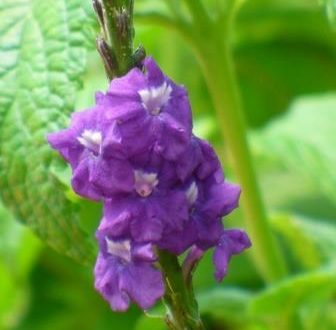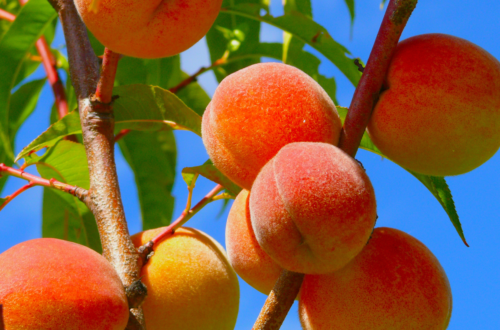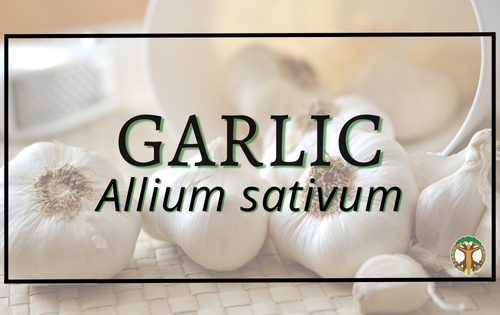Chaya
I cringe when I hear the word “superfood” uttered in a mixed crowd. Between GOOP and Dr Oz, health and nutrition fads fill up my Facebook feed daily, and they fade into distant memory as quickly as they come. But many years ago, on the Yucatan Peninsula in Mexico, I was introduced to a plant that may among the few that truly qualify for this acclaimed title!
That plant was Chaya (Cnidoscolus chayamansa or C. aconitifolius) , a hearty cactus-like tree that produces edible leaves. Multiple types of Chaya can now be found on permaculture farms throughout the tropics. Chaya is used throughout Central America as a food staple, especially in rural villages where land-based living is still the norm.
According to the National Institute of Nutrition in Mexico City, chaya has nutritional benefits that can
- improve blood circulation,
- help digestion,
- improve vision,
- help lower cholesterol,
- help reduce weight,
- prevent coughs,
- augment calcium in the bones,
- decongest and disinfect the lungs,
- prevent anemia by replacing iron in the blood,
- improve memory and brain function and
- combat arthritis and diabetes.
Now, these claims sound amazing – but much like nearly everything David Avocado Wolfe posts, right?! I was a bit skeptical of this wonder plant, but while staying in Mexico, I watched indigenous communities plant this tree throughout their village and rely on it for food. As I observed them thrive in good health, I knew they must be on to something. Then I stumbled into a nutritional comparison between Chaya and other leafy greens common in a modern diet from the Mexican National Institute of Nutrition, and suddenly understood why it’s such a beneficial food – it’s jam packed with nutrients!
Percentages are based on minimum daily requirement
| % | Chaya | Alfalafa | Spinach |
| Protein | 8.25 | 3.66 | 2.00 |
| Crude fibre | 1.94 | 3.12 | 2.07 |
| Carbohydrates | 7.23 | 4.84 | 0.19 |
| Calcium | 421.00 | 12.00 | 49.00 |
| Phosphorus | 63.00 | 15.00 | 30.00 |
| Iron | 11.61 | 5.30 | 5.70 |
| Vitamin A | 8.52 | 0.74 | 2.48 |
| Vitamin B1 | 0.23 | 0.13 | 0.03 |
| Ascorbic Acid | 0.35 | 0.14 | 0.10 |
| 274.00 | 130.00 | 17.50 |
Chaya also contains hydrocyanic acid, which is a source of cyanide poisoning, so even though I would see the occasional chaya beverage in Mexico (made with a FEW leaves only and LOTS of limes), I recommend it not be eaten raw. Boiling leaves for at least 5 minutes releases the cyanide and makes the leaves safe to eat. The plant itself also has the potential to sting your skin through fine hairs along the petiole and stem, similar to stinging nettles. Harvest using gloves and caution!
In the preface to the 3rd (1998) edition of Edible Leaves of the Tropics, Dr. Franklin W. Martin ranks Chaya as one of the top 5 perennial tropical leaf crops: “of the thousands of leafy vegetables available throughout the tropics, relatively few are great winners, and these should be emphasized first.” (p. ix) “Chaya is an extremely promising species for its high nutritional value, exceptional drought tolerance, and productivity even in very poor growing conditions. An attractive perennial shrub, it produces abundant quantities of large, dark green leaves. Chaya thrives on a wide range of soils in both hot, rainy climates and areas with occasional drought. It prefers good drainage, but can survive some waterlogging. Leaves are larger and more tender when grown in partial shade.” (p. 30).
Incidentally, taxonomists seem to disagree consistently about Chaya varieties. I’ve looked to my neighbors in the south to help me understand the distinctions between Chaya cultivars such as ‘Chayamansa’, ‘Picuda’, and ‘Estrella’. The source of this great leaf comparison chart has been among the resources to help me navigate when I see a new variety of Chaya at a plant swap.
Learn more about Chaya from our friend Green Deane in his Chaya monograph. The fine folks at ECHO Farm have also produced some amazing resources about Chaya at this link and this link. Chaya: Plant of the Month also provides some great historical reference to the plant’s use.





